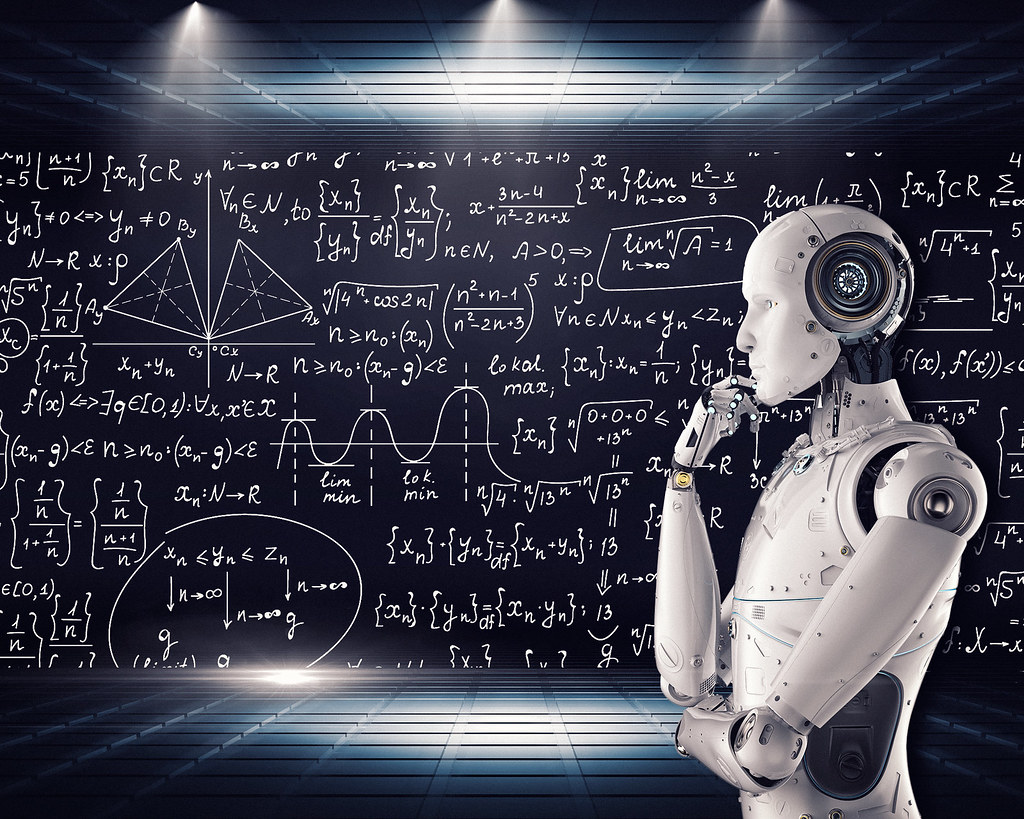Artificial intelligence has brought many benefits to the world since its development in the 1950s. It provides an effective and efficient way to complete tasks that would otherwise be monotonous or inefficient if done by humans. AI provides a way to do tasks that saves time and produces results with little to no error.
The risks of artificial intelligence might deter some consumers or companies from using such technology. Cliches from movies such as James Cameron’s “Terminator,” in which AI harms the human race, have set a negative stigma against AI. More realistically, the risks of AI are found in the job market and, subsequently, the economy. AI can replace highly repetitive jobs, like warehouse work or customer service. The popularization of artificial intelligence then counteracts the job replacement by creating more engineering and software design jobs. According to a ResumeBuilder report, 44% of 750 business leaders stated “that there will be layoffs in 2024 resulting from AI efficiency.” So, job loss in the near future is not science fiction.
Another negative of AI is its unethical usage. One of the most common ethical problems is information privacy. With the rapid expansion of AI, the program’s ability to detect patterns threatens consumer information, even when the data is not directly accessed. Mechanical engineer Christine Genko questions, “How do you train the AI to be moral and ethical? Where do you draw the line for artificial intelligence?” This is a genuine concern within society. For example, in a 2009 study, AI was able to define the sexual orientation of a person based on their Facebook friendships and to re-identify anonymized information.
A major upside to AI is its ability to decrease human error and risk to humans. Consistency is needed in fields like manufacturing, where every product should fill specific criteria without error. AI does this perfectly while removing humans from the dangers of a manufacturing plant’s workplace.
Artificial intelligence can also be applied to education. Upper Bucks County Technical School Graphics Design teacher Matthew McClung explains that he uses AI in the classroom through Adobe, where students can use AI as a tool. McClung believes AI brings students opportunities and says, “I think some of them might actually see it as a door opening.” The progression of AI allows doors to be opened for students in pathways of technology.
A simulation done by McKinsey Global Institute predicts that AI will impact the economy by adding $13 trillion or 16% of GDP to global economic activity by 2030. This is a direct result of increased automation and efficiency, with up to 70% of companies integrating AI to better their business.
Furthermore, types of generative AI, like ChatGPT, also increase a consumer’s efficiency by supplying the user with AI-written scripts, texts, ideas, and even quizzes and tests. With the stress of teaching, McClung calls AI-created quizzes “a massive time saver” and increases his overall productivity. The future of AI is bright for human efficiency and comfortability. Government organizations should be inclined to increase spending on AI research, increasing the human race’s productivity.





